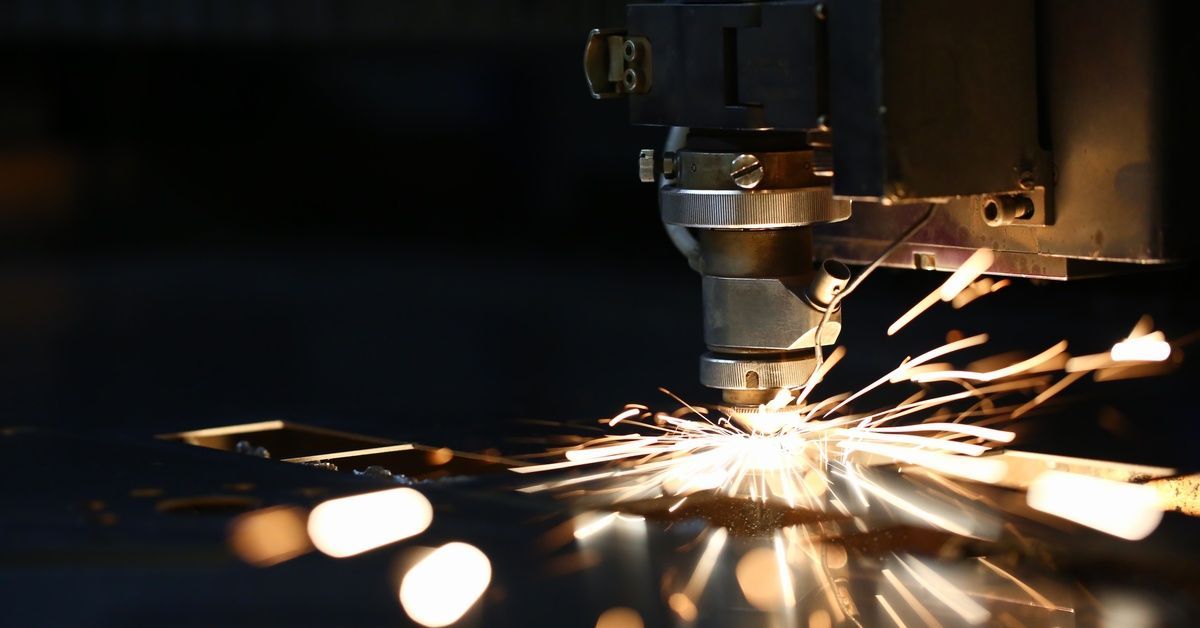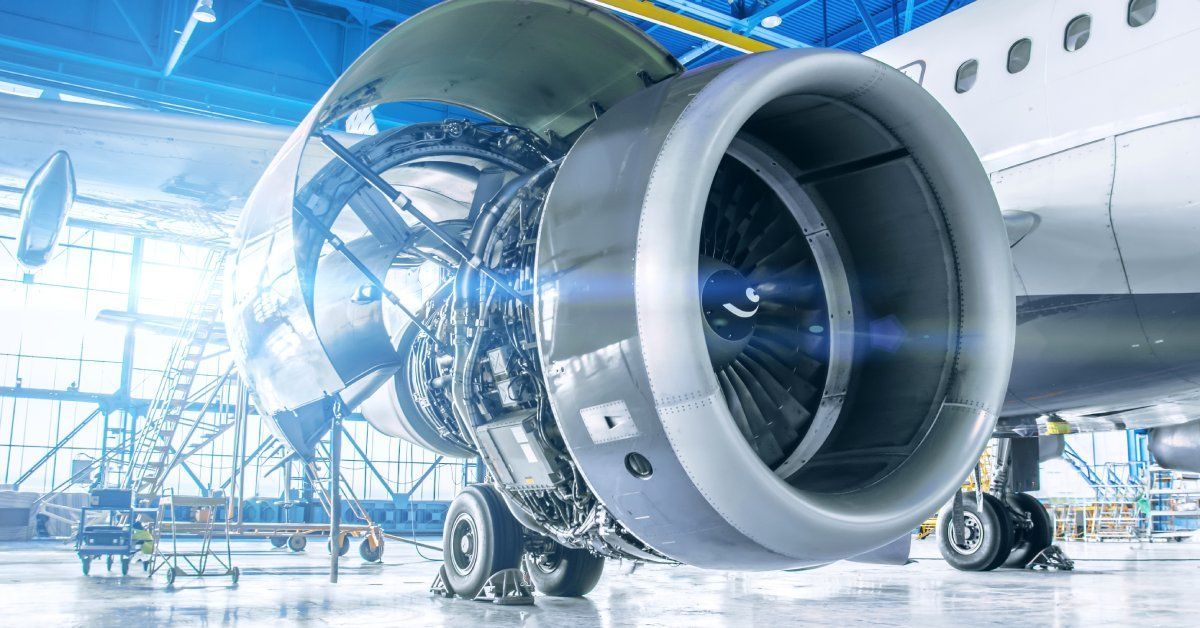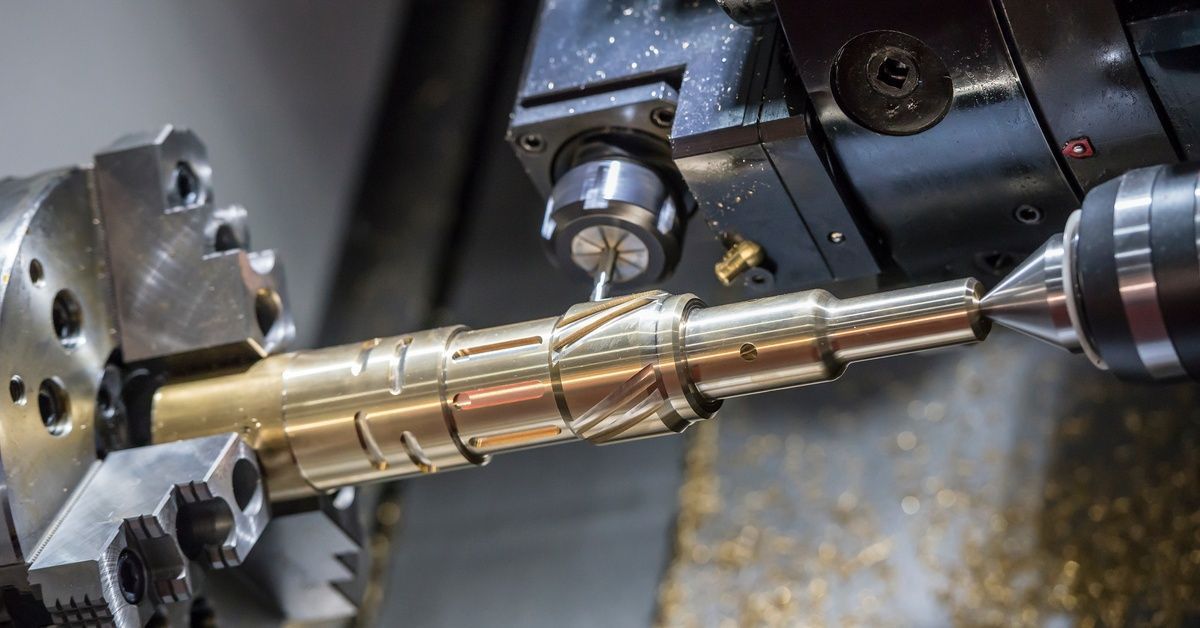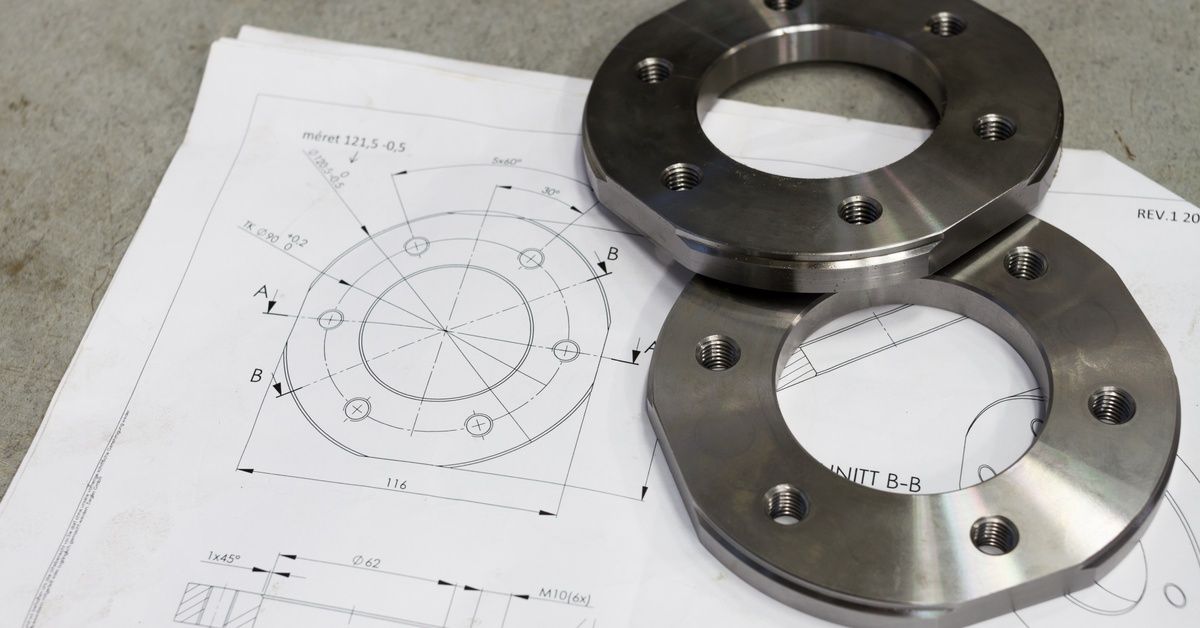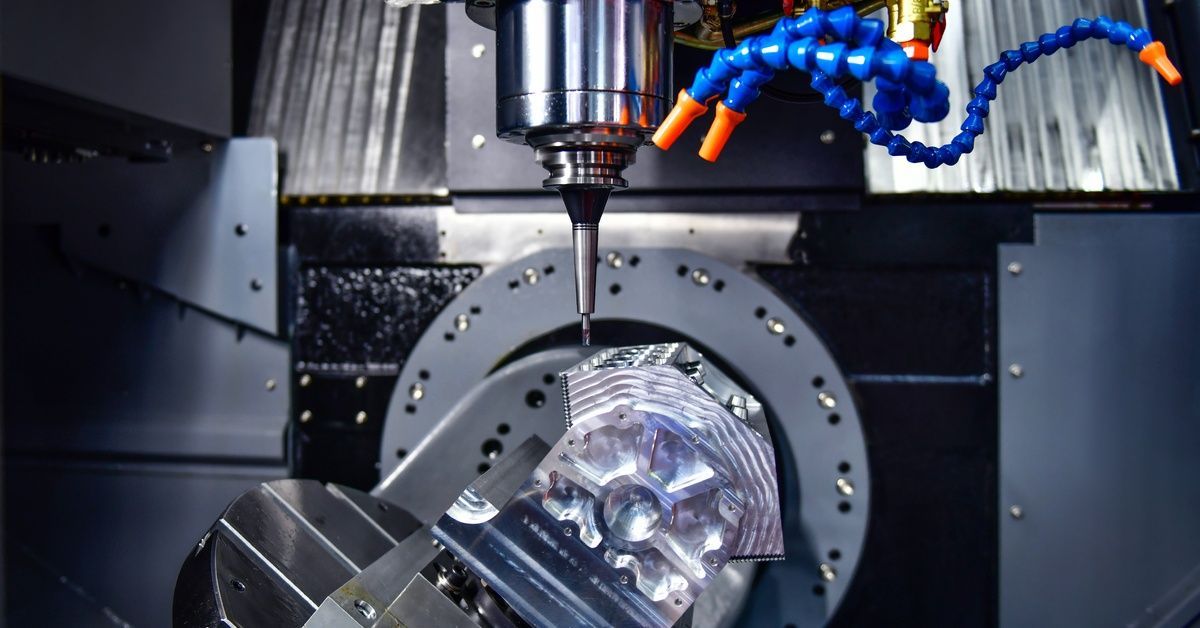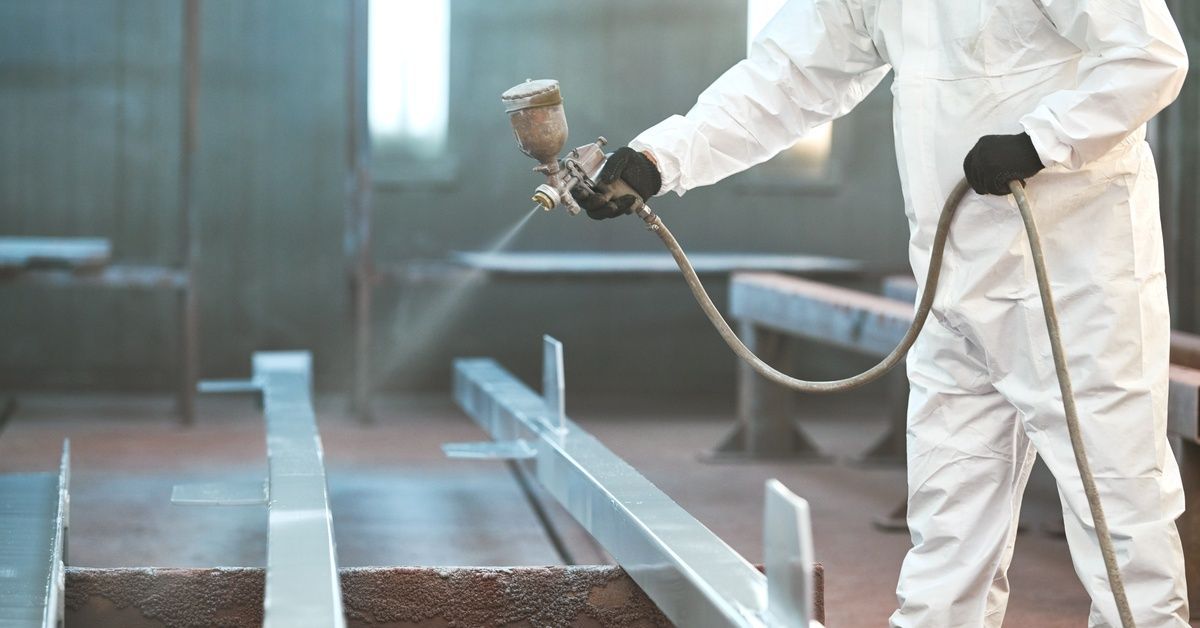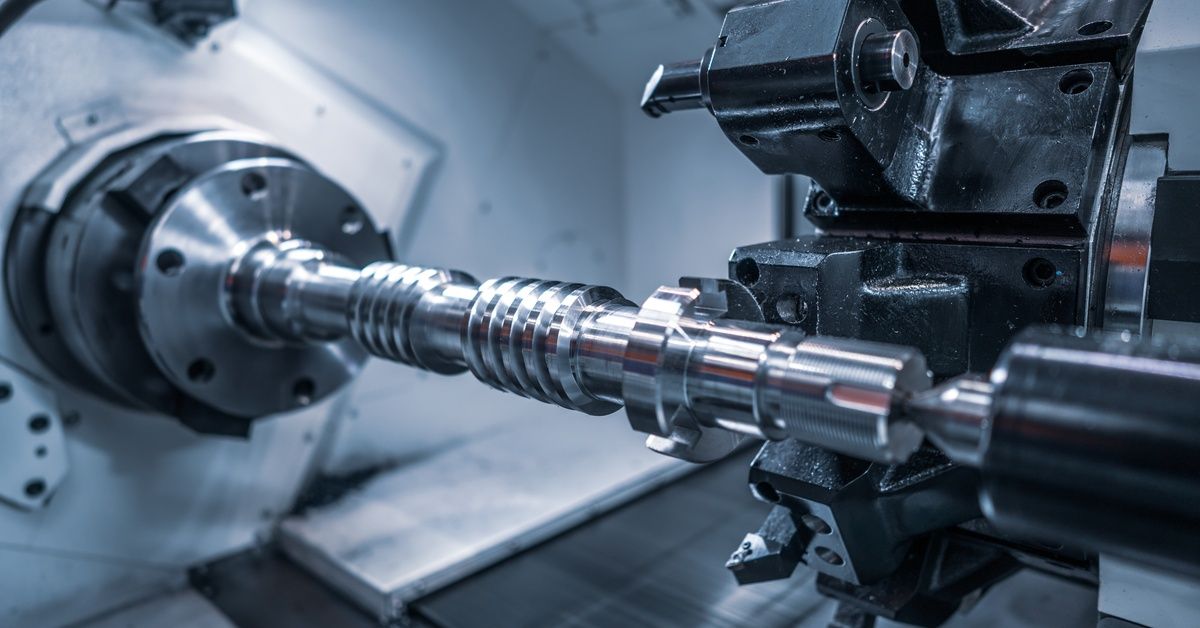10 Common Misconceptions About Custom Metal Fabrication
Custom metal fabrication plays a central role in countless industries, from architecture to automotive manufacturing. Despite its importance, it’s still one of the most misunderstood processes for decision-makers. Myths abound, and they can stop businesses and individuals from realizing the full potential of this valuable opportunity.
To give you a better idea of the benefits, we’ll break down 10 common misconceptions about custom metal fabrication , highlighting its most practical applications along the way. We’ll also provide guidance to help you choose the right metal fabrication service to suit your needs. Whether you’re a business owner, a contractor, or simply curious about the process, you can find everything you need to know in this guide.
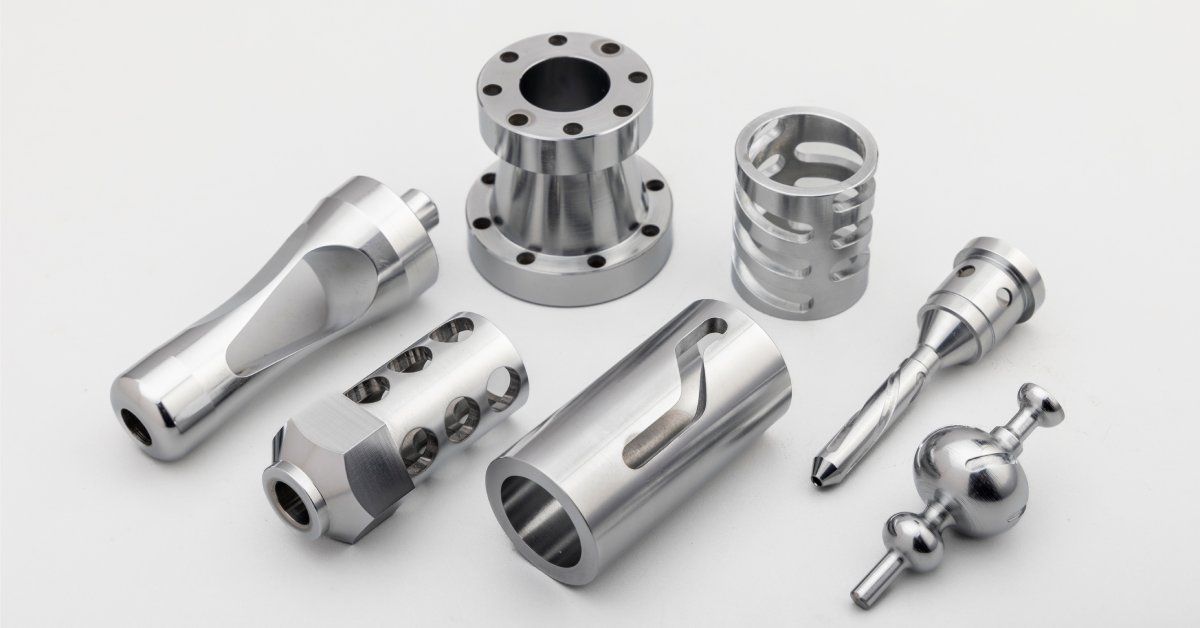
Understanding Custom Metal Fabrication
Custom metal fabrication involves designing and producing unique metal parts, structures, or products according to specific requirements. Unlike standard fabrication, which delivers predesigned, mass-manufactured components, custom services are tailored to meet a project’s unique demands.
The ability to manufacture custom parts is vital for industries that require precision and flexibility, like:
- Architecture: Unique metal facades, railings, canopies, and sculptures rely on custom metal fabrication.
- Automotive: High-performance parts for cars, such as roll cages and custom exhaust systems, come from this metal manufacturing process.
- Aerospace: Lightweight, precision-crafted components for aircraft and spacecraft use fabrication.
- Construction: Custom beams, brackets, and connectors made for specific structures stand tall and proud thanks to metal fabrication.
- Medical devices: Fabrication services manufacture specialized surgical instruments and medical equipment.
- Energy: Fabricated components for renewable energy systems, such as solar panel mounts or wind turbine elements, use custom production.
- Manufacturing: Custom machine parts and equipment that meet highly specific performance needs require fabrication.
Debunking 10 Common Misconceptions About Custom Metal Fabrication
1. “Custom Fabrication Is Too Expensive”
While the initial costs may be higher than standard solutions, custom fabrication often saves money in the long run. Why? Better quality and precision reduce the need for repairs, replacements, and retrofits.
2. “It’s Only for Large-Scale Projects”
Custom services are just as valuable for small, specialized projects as they are for massive industrial undertakings. Fabricators can tailor their processes to meet any scope.
3. “Custom Fabricated Products Take Forever To Produce”
Modern tools like computer-aided design (CAD) and advanced machinery allow for efficient production without sacrificing precision. Timelines depend largely on project complexity, but delays are not the norm.
4. “You Can Only Use Steel”
While steel is a popular choice, custom metal fabrication uses various materials, including aluminum, stainless steel, copper, and brass. The material depends entirely on the project’s needs.
5. “It's an Overcomplicated Process”
Fabricators handle everything, from design and material selection to cutting, welding, and finishing. For clients, the process is streamlined, with clear communication at every step.
6. “Custom Fabrication Isn’t Durable”
This is far from the case. Custom-made components are often more durable because they’re designed for specific use cases and made with high-quality materials.
7. “Off-the-Shelf Products Are Always Cheaper”
While the upfront cost may be lower, off-the-shelf products often require modifications or replacements to meet your needs, adding to the total expense.
8. “Fabricators Can’t Handle Complex Designs”
Modern fabrication technology, such as 3D laser cutting and CNC machining, allows fabricators to achieve remarkable precision and execute intricate designs with ease.
9. “All Fabricators Are the Same”
This one couldn’t be further from the truth. Each fabricator offers different levels of expertise, materials, equipment, and customer service. Choosing the right one is crucial to your project’s success.
10. “Custom Fabrication Has Limited Applications”
On the contrary, custom fabrication is incredibly versatile, with applications ranging from industrial machinery to decorative art pieces.

Benefits of Choosing Custom Metal Fabrication
Still not sure if custom metal fabrication is worth it? Here are some key benefits:
- Precision and quality: Custom products are manufactured with exact specifications for superior accuracy and quality.
- Flexibility: Materials, designs, and finishes can all be customized to suit your specific needs.
- Durability: Custom components are often made with higher-quality materials designed to last longer.
- Aesthetic appeal: Custom metal fabrication is perfect for decorative or artistic applications, such as architectural features or one-of-a-kind designs.
- Enhanced functionality: Custom fabrication often leads to better functionality, particularly if parts need to fit seamlessly into larger systems or machinery.
By taking advantage of custom fabrication capabilities, businesses can meet the demands of their industry and stay competitive.
Outsourcing vs. DIY for Custom Metal Fabrication Projects
It might be tempting to handle metal fabrication in-house, especially if you have access to certain tools. However, there are clear advantages to outsourcing:
- Expertise: Professional fabricators have specialized knowledge and equipment.
- Precision: Advanced tools like laser cutters produce precise, reliable results.
- Time savings: DIY efforts often take far longer and lack professional consistency.
- Cost-effectiveness: While outsourcing might feel more expensive upfront, it protects you from potentially costly mistakes.
If you want to take full advantage of these benefits, you’ll need a partner who can get the job done right. Here are some tips to help you decide:
- Check their experience: Opt for fabricators with experience in your specific industry or project type.
- Review their past work: Look for a portfolio or client testimonials to evaluate their quality.
- Request a quote: The right fabricator will offer transparent and competitive pricing.
- Verify equipment: The fabricator should use the latest technology to meet your design requirements.
- Ask about materials: Verify that high-quality materials are used.
Custom Fabrication: Your Best Business Decision Yet
Custom metal fabrication is a practical, efficient, and versatile solution that empowers businesses across industries. From better precision to higher durability, the benefits are clear. Unfortunately, there’s a lot of misinformation out there. However, by highlighting common misconceptions about custom metal fabrication , you can make the choice that’s right for you.
Do you need custom fabrication? H&H Machine Service is here to help you achieve your project vision. Our metal fabrication services take the guesswork out of all your projects. If you’re ready to explore the possibilities, contact us today!



